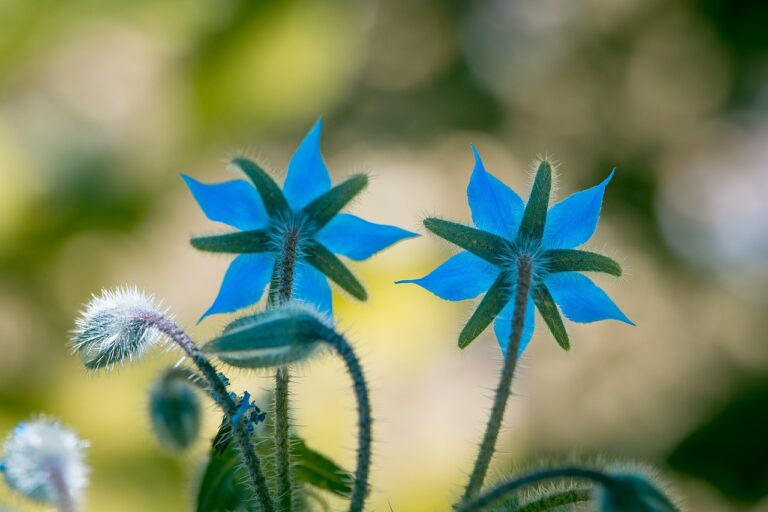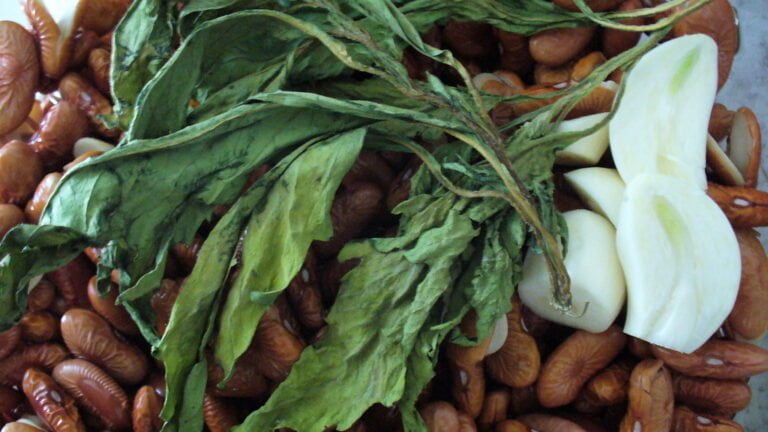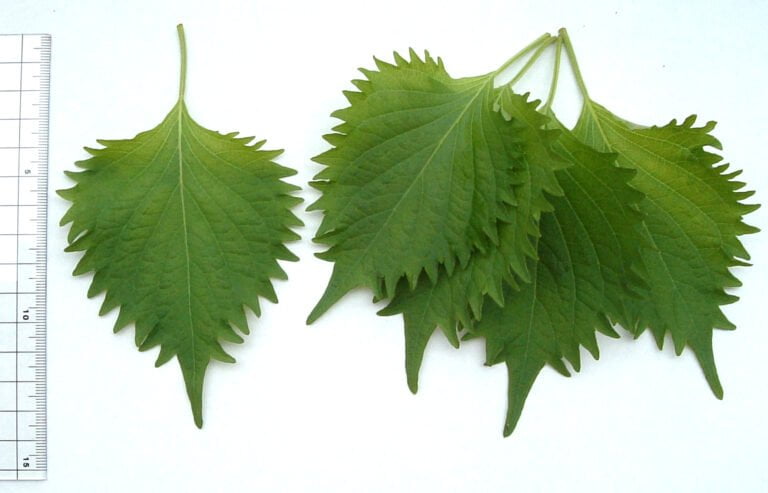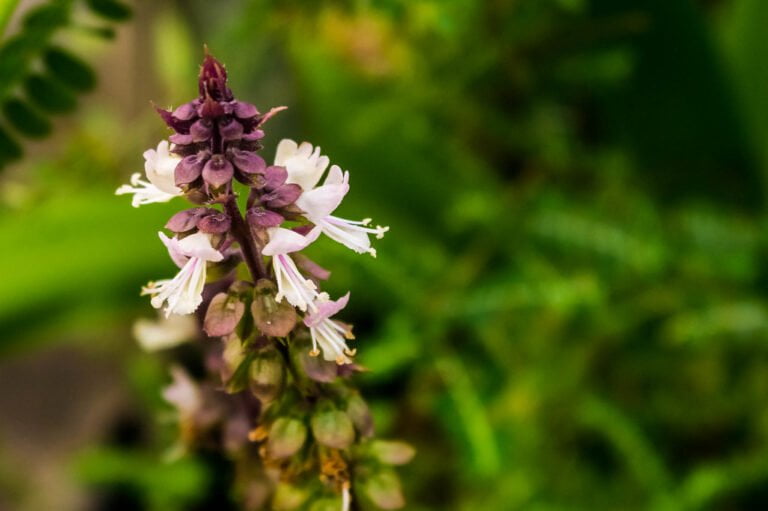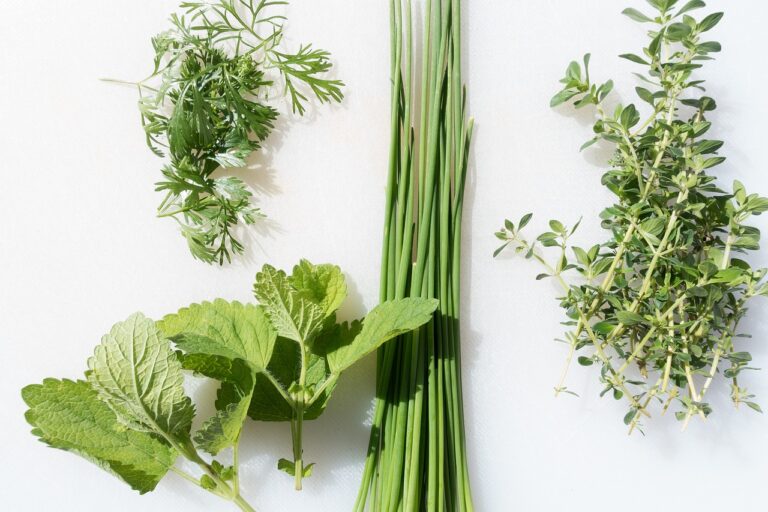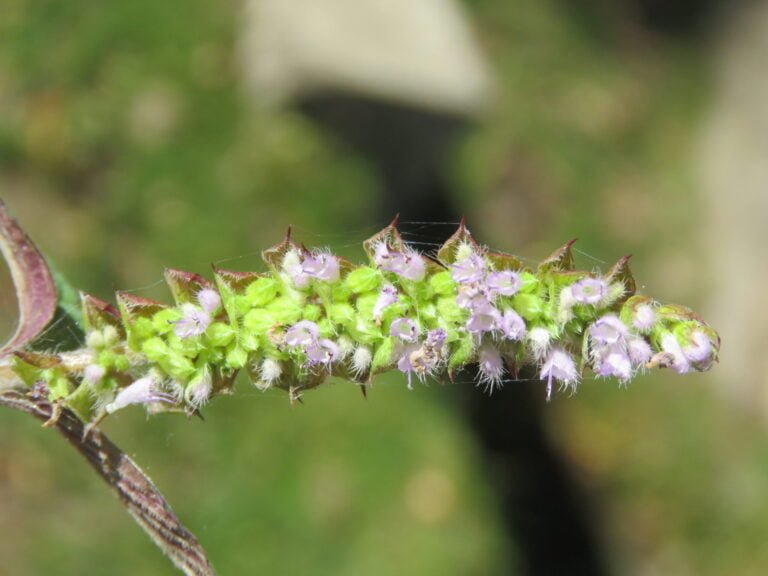Rue
Rue, a mesmerizing plant native to the Balkan region, boasts stunning gray-green foliage adorned with tiny glands. It’s not just a pretty plant; rue serves multiple purposes like seasoning in culinary dishes, deterring bugs, and adding fragrance to bouquets. There are different species related to rue, each with unique characteristics. While rue has a rich historical background and symbolism in conveying emotions, caution must be taken as it can be toxic if ingested. Discover more about the enchanting world of rue and its diverse significance. Delve into the depths of rue’s botanical wonders and its intricate symbolism further.
Physical Description of Rue
In my botanical explorations, I have often encountered the exquisite rue, a mesmerizing evergreen plant native to the Balkan region, known for its gland-studded foliage and feathery pinnately compound leaves. The rue plant, scientifically classified as Ruta graveolens, showcases a striking appearance with its gray-green or blue-green leaves composed of two or three leaflets. These leaves emit a strong, distinctive scent when crushed, adding to the allure of this plant.
Apart from its enchanting leaves, rue produces clusters of dull yellow flowers that add a subtle charm to its overall presentation. Following the flowering stage, rue forms lobed capsules containing numerous seeds, contributing to its reproductive cycle. The fragrance emitted by rue leaves serves a practical purpose as well, acting as a natural insect repellent, a feature that has been valued through the plant’s history.
As I explore further into the physical characteristics of rue, I appreciate its role not only in the botanical world but also in culinary and medicinal practices. The plant’s involvement in the berbere spice mixture and its traditional use for flavoring in Mediterranean cuisine highlight its versatility. However, one must exercise caution when handling rue, as while it has been historically used to stimulate menstruation, in large doses, it can be toxic, leading to various health complications. Rue truly stands out as a multifaceted botanical wonder, blending beauty with practicality in a truly enchanting manner.
Uses of Rue Plant
Exploring the various applications of the rue plant reveals a rich tapestry of culinary, medicinal, and practical uses that have fascinated enthusiasts for centuries. One of the intriguing uses of rue is its role in culinary traditions, where it adds a unique flavor to dishes like the berbere spice mixture and is a common seasoning in Mediterranean cuisine. Beyond the kitchen, rue’s fragrant leaves serve a dual purpose as an insect repellent and as an aromatic addition to nosegay bouquets, showcasing its versatility in both repelling pests and enhancing fragrances.
Medicinally, rue has a complex history. While historically used to stimulate menstruation, it was also employed as an abortifacient, highlighting the plant’s potent properties. However, caution is essential when handling rue, as large doses can lead to liver damage, vomiting, and hemorrhages, while skin contact may result in severe phytophotodermatitis.
The rue plant’s ability to repel insects makes it a valuable asset in natural pest control, offering a botanical alternative to chemical repellents. Its aromatic leaves not only ward off unwanted bugs but also add a pleasant scent to outdoor spaces. Embracing rue’s insect-repellent properties not only aligns with eco-friendly practices but also allows us to appreciate the plant’s practical contributions to our daily lives.
Other Species Related to Rue
Exploring the botanical domain beyond Rue, one encounters a varied array of species with intriguing relationships to this aromatic plant. Meadow rue, belonging to the genus Thalictrum in the buttercup family (Ranunculaceae), stands out as an unrelated species. Its lobed leaves and unique flowers set it apart from rue, showcasing distinct characteristics. Unlike rue, meadow rue is not commonly used for flavoring or medicinal purposes, highlighting the differences in their traditional and culinary uses.
The botanical classification of meadow rue and rue places them in separate genera and families, emphasizing their taxonomic distinctions. While their names may sound similar, these plants diverge with regard to botanical features, uses, and properties, illustrating their unique identities within the plant kingdom.
Considering the potential impact on health, it’s important to note that some species related to rue can pose risks. For instance, certain plants may contain compounds that could lead to liver damage if consumed inappropriately. Understanding these differences and potential hazards is vital for safe exploration and utilization of plants related to rue. By delving into the diverse world beyond rue, we uncover a rich tapestry of botanical wonders, each with its own characteristics and significance.
Toxicity of Rue
I feel compelled to emphasize the serious health risks associated with rue. Consuming large amounts of rue can lead to severe symptoms of poisoning like gastric pain, vomiting, and liver damage. It is important to handle rue with caution, recognizing its potential toxicity and taking necessary precautions to avoid harm.
Health Risks Associated
Highlighting the dangers of rue, its toxicity can lead to severe health risks when consumed in excessive amounts. Rue is not to be taken lightly; its toxic nature can result in gastric pain, vomiting, and even liver damage. Pregnant women should especially steer clear of rue, as it can trigger abortion and contribute to birth defects. The risk of severe phytophotodermatitis from exposure to rue should not be underestimated, potentially causing distressing skin blisters. Rue extracts have been identified as mutagenic and hepatotoxic, emphasizing the serious health hazards associated with overconsumption. While small quantities for culinary purposes are generally safe, it is important to be cautious and avoid large doses to prevent these harmful effects.
Symptoms of Poisoning
Exposure to rue in excessive amounts can result in a range of alarming symptoms associated with poisoning, underscoring the importance of recognizing the toxicity of this plant. Consuming high doses of rue can lead to gastric pain, vomiting, and liver damage, posing serious health risks. Additionally, exposure to rue can cause severe phytophotodermatitis, manifesting as skin blisters and irritation when the skin comes into contact with the plant and is then exposed to sunlight. It’s essential to be aware of these symptoms to promptly seek medical attention if poisoning occurs. Pregnant women should be especially cautious, as rue can induce abortion and potentially lead to birth defects. Understanding these signs of poisoning is critical to prevent any harmful effects of rue toxicity.
Handling and Precautions
When dealing with rue, it is essential to grasp the potential toxicity of this herb and take appropriate precautions to guarantee safety. Rue can be a valuable herb when used in small amounts, but its toxicity in larger doses should not be underestimated. Here are four vital points to contemplate:
- Limit Exposure: Avoid prolonged contact with rue to prevent the risk of severe phytophotodermatitis.
- Protective Gear: Wear gloves and long sleeves when handling rue to shield your skin from potential irritation.
- Proper Ventilation: Ensure adequate airflow when working with rue to minimize inhalation risks.
- Storage: Store rue out of reach of children and pets to avoid accidental ingestion or contact.
Symbolism of Rue
As we delve into the symbolism of rue, it becomes apparent that this herb holds a profound significance in conveying emotions. Rue serves as a poignant symbol of remembrance, regret, and introspection, resonating through literature and folklore alike. Its presence in various cultural narratives underscores its versatile nature, embodying themes of sorrow, purity, and wisdom with each mention.
Rue as Remembrance
Rue, with its deep-rooted symbolism of sorrow and repentance, serves as a poignant emblem of remembrance in various cultural narratives. This perennial shrub carries significant meaning, reflecting on the past and honoring memories in unique ways. Here are some fascinating aspects of rue as a symbol of remembrance:
- In the Bible, rue is considered a national herb of Lithuania, symbolizing purity and remembrance.
- Ukrainian folklore and songs link rue to concepts of virginity and remorse, enriching its cultural symbolism.
- The etymology of the word ‘rue’ in Old English emphasizes its historical association with sorrow and regret.
- Symbolically, rue represents reflection, acceptance, and the passage of time across different cultural contexts, highlighting its enduring significance in remembrance.
Rue for Regret
Reflecting on rue’s deep association with regret and sorrow in literature and mythology, its symbolism as a herb of purity in Lithuania intertwines with narratives of remorse and reflection. Rue’s historical significance as a national herb of Lithuania, representing purity, contrasts with its portrayal in various cultural contexts as a symbol of regret and sorrow. Beyond its symbolic meanings, rue carries practical considerations as well. Contact with rue can lead to phytophotodermatitis, a skin reaction caused by exposure to plant sap followed by sunlight. This phenomenon serves as a cautionary reminder that rue, with its complex symbolism, also has tangible effects. The dual nature of rue, embodying both symbolic depth and physical consequences, adds layers of complexity to its representation in various cultural narratives.
Rue in Literature
Symbolizing a myriad of emotions and concepts in literary works, rue emerges as a potent symbol intertwined with themes of regret and sorrow. In literature, rue holds significant symbolism and conveys deep meanings:
- Rue is often linked to feelings of regret and sorrow, evoking a sense of melancholy in various works.
- Biblical references and its status as a national herb of Lithuania add layers of symbolism to rue’s meaning.
- Ukrainian folklore and songs connect rue to themes of purity and the weight of regret, enriching its symbolic value.
- The etymology of the English word ‘rue’ sheds light on its origins, emphasizing its association with sorrow and not just as a mere plant name.
Rue in Popular Culture
Immersed in the tapestry of popular culture, rue weaves its threads of symbolism and historical importance, enchanting minds and hearts alike. Beyond its traditional flavouring uses, rue holds a significant place in popular culture due to its symbolic richness and historical connections.
In literature and mythology, rue is often associated with regret, sorrow, and lamentation. These themes have transcended into popular culture, where rue is frequently referenced to evoke feelings of nostalgia and longing. Its presence in Ukrainian folklore and songs, linked to virginity and remorse, adds layers of depth to its portrayal in modern media.
The mention of rue in the Bible and its status as a national herb of Lithuania, symbolizing purity and innocence, further solidifies its cultural significance. These historical and religious ties have contributed to rue’s continued presence in popular culture, where it is revered for its symbolic power.
Moreover, rue’s historical uses as an antidote to venomous snake bites and its medicinal properties in ancient Rome have captured the imagination of artists and creators. Its ability to heal and protect has been woven into various narratives, making rue a versatile symbol in popular culture that resonates with audiences worldwide.

